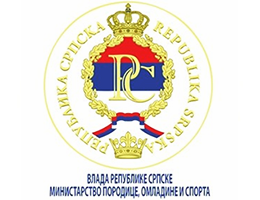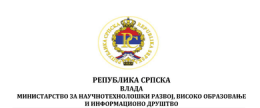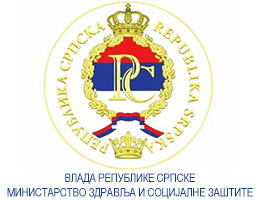Fitness Potential of Air Forces Depending on the Motor and Morphological Factors
Volume 3, Issue 1 (2013)
Volume 3, Issue 1 (2013)
Fitness Potential of Air Forces Depending on the Motor and Morphological Factors
Abstract:
Research was realized on the sample of 80 men, soldiers of Montenegro Army Air Base, age 22-45, with the aim to determine the influence of motor and morphological dimensions to the quality of performing complex motor acitivies. The assessment of the status of motor abilities was performed based on the realization and analysis of 18 motor tests, while the morphological status was defined based on the information received by measurement and assessing 16 anthropometric indicators. The fitness potential is defined by the application of polygons of complex motor knowledge. In order to define the influence of predictor motor and morphological system of variables to the complex motor knowledge polygon criteria variable (PLKMZ) the regression analysis was applied. The results of regression analysis show the statistically significant linear connection between the predictor system of variables and criteria variables. In the motor system of 18 variables, 5 of them show the statistically significant predictive influence on the criteria, while in the morphological system, the predictive battery of measuring instruments of 2 anthropometric indicators was determined.
Keywords:
military aviation, motor abilities, morphological characteristics, complex movement patterns
Full Text:
References:
- Aračić, M. (2002). Neka antropološka obilježja časnika oružanih snaga. Diplomski rad, Zagreb: Kineziološki fakultet.
- Aračić, M. (2005). Kineziološki priručnik za pripadnike oružanih snaga Republike Hrvatske. Zagreb: Zapovjedništvo za obuku „Petar Zrinski“.
- Eisinger, G., Wittels P., Enne R., Zeilinger M., Rausch W., Dorner G., Bach L. (2006). Diagnostic analysis of the individual physical performance and statistical group analysis of Austrian Special Forces soldiers. Vienna: Centre for Sports science and University Sports-Universiti of Vienna.
- Harger, B., Ellis R. (1975). Circulo-respiratory fitness in United States Air Force Academy cadets. Aviat Space Envirion medicine, 46 (9), 1144-1146.
- Jukić, I., Vučetić, V., Bok, D., Križanić, A. (2007). Vrijednovanje mjernih postupaka za procjenu kondicijske pripremljenosti pripadnika specijalnih postrojbi Oružanih snaga Republike Hrvatske. Zagreb: Kineziološki fakultet.
- Jukić, I., Vučetić, V., Aračić, M., Bok, D., Križanić, A., Sporiš, G. (2008). Dijagnostika kondicijske pripremljenosti vojnika. Zagreb: Kineziološki fakultet.
- Marić, L., Krsmanović, B. (2010). Razlike u antropometrijskim karakteristikama studenata Vojne akademije u toku školovanja. Glasnik ADS, (45), 349-355.
- Robbins, A., Chao, S., Fonseca, V. (2006). A low-intensity intervention to prevent annual weight gain in active duty Air Force members. Military Medicine, 171 (6), 556-561.
- Thomas, B., David S., Samantha A., Jamee A., Keith L. (2004). Physical fitness profile of Army Rotc cadets. Journal of strength & Conditioning research, 18 (4), 904-907.
- Williams, A.G., Evans, P. (2007). Materials handling ability of regular and reserve British Army soldiers. Military Medicine, 172 (2), 220-223.
- Williford, H., Sport, K., Olson, M., Blessing, D. (1994). The prediction of fitness levels of United States Air Force officers. Aviat Space Envirion medicine, 159 (3), 175-178.
- Žare, L. (1972). Testiranje motoričkih sposobnosti pripadnika JNA. Beograd: Savezni zavod za fizičku kulturu.






